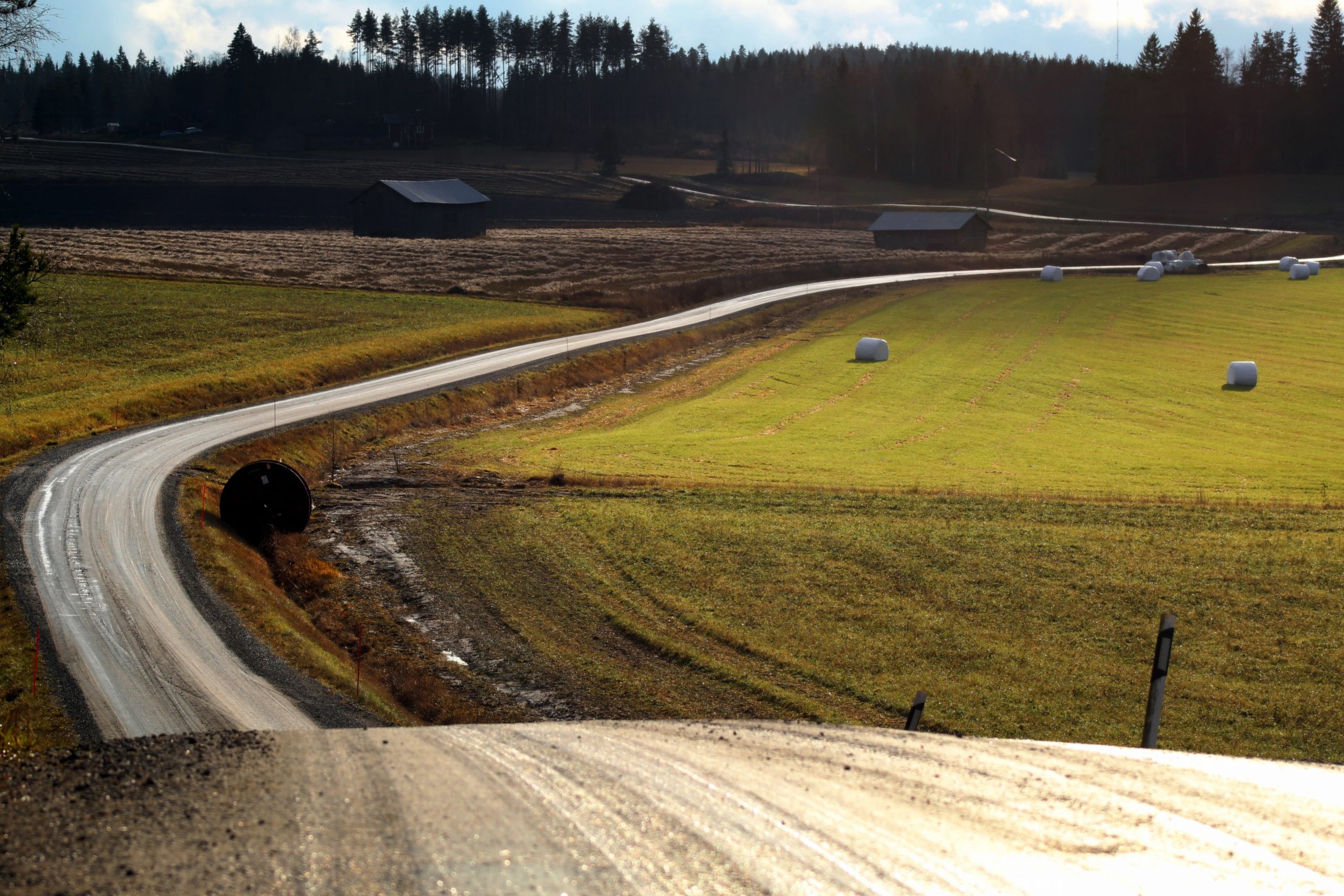
Enabling Better Access to Federal Transportation Funds for Small and Rural Communities
Summary
Most federal transportation funds are distributed to state and regional transportation entities by a legislatively set formula for different types of transportation. An exception to this rule is the U.S. Department of Transportation’s (USDOT) Better Utilizing Investments to Leverage Development (BUILD) Transportation Discretionary Grants program (formerly known as the TIGER program). The BUILD program is extremely flexible, with funding available for any kind of surface-transportation project and any government agency, and it the only transportation program that provides direct capital support to local transportation projects. This flexibility has made the BUILD program incredibly popular, receiving 10 times more applications than can be funded. However, the application process is extensive and can require outside assistance to produce, making the application itself too expensive for some areas to take on, especially considering the high level of competition. USDOT should create a simpler application that most public agencies can manage with internal staff to make the program more universally available to communities of all sizes and levels of capacity.
This year’s Red Sky Summit was an opportunity to further consider what the role of fire tech can and should be – and how public policy can support its development, scaling, and application.
Promising examples of progress are emerging from the Boston metropolitan area that show the power of partnership between researchers, government officials, practitioners, and community-based organizations.
FAS supports the bipartisan Regional Leadership in Wildland Fire Research Act under review in the House, just as we supported the earlier Senate version. Rep. David Min (D-CA) and Rep. Gabe Evans (R-CO) are leading the bill.
The current wildfire management system is inadequate in the face of increasingly severe and damaging wildfires. Change is urgently needed